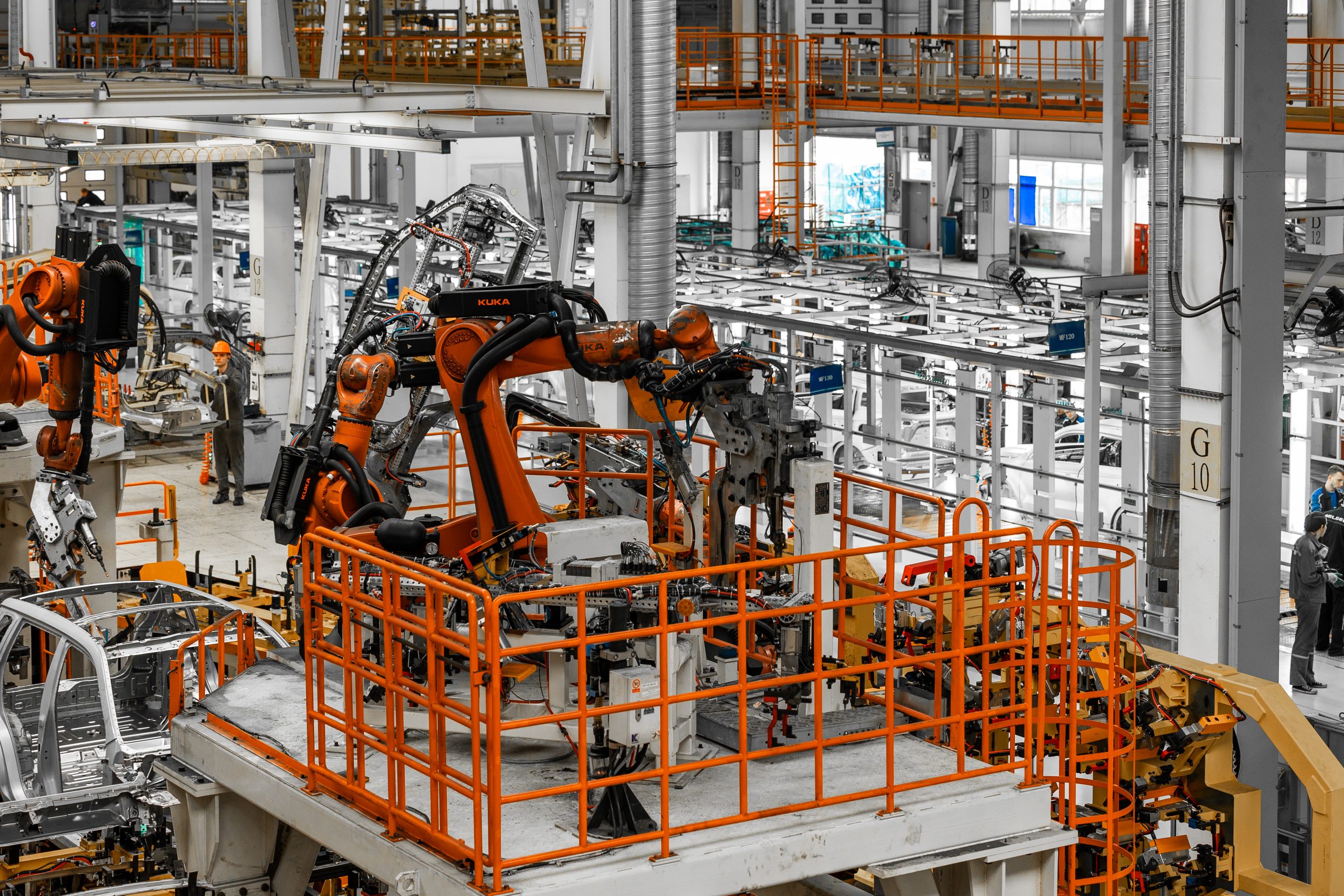Challenges Faced In The Adoption of 3D Printing In Automotive Industry

Additive Manufacturing – Adoption of 3D Printing
A successful technology poised to change many industries is a successful technology,
including the automotive industry. Many automobile companies like BMW, Ford, Porsche,
Volvo and GM use 3D printing to manufacture different vehicle parts.
However, the utilization of AM is far from widespread, and there are several challenges to employing it in a manner that would allow for its significant and speedy expansion.
The most important challenges impacting the adoption of AM include size restrictions, cost, production time, and material constraints.
Size restrictions
A 3D printer is only able to create parts that are smaller than the printer's casing size. Also, 3D
big ones can be produced by printers but must be housed in a bigger space to produce bigger printing.
components with the required sizes.
Without using a large printer, individual parts can also be produced in segments, but this consumes more time due to the requirement of parts assembly to make the final product, which creates more disadvantages.
Production time and costs
Additive manufacturing technology is highly suitable for customized automotive manufacturing
and low volume production. However, for mass production of automotive components, additive
manufacturing is slower and more expensive than traditional mass production techniques.
Though creating an entire mass production print using 3D printing once seemed far-fetched, new
Innovations are bringing that closer to reality. Some manufacturers of 3D printers have been
Develop cartridge-based filaments that snap into the chassis and are ready to go.
XYZ Printing and 3D Systems are examples of companies that have developed new design and technology
solutions that reduce the production time of a finished print. Volvo also reported the use of
additive manufacturing in prototype development, which could reduce the lead time by nearly
80% and cost by nearly 70%.
The Oak Ridge National Laboratory created a replica of the historic Shelby Cobra in 2015 to celebrate the 50th anniversary of the racing car. The printing time for the model was 24 hours in addition to the six weeks it took to create Shelby.
There is currently a significant barrier to the adoption of 3D printing in terms of cost. However,
this constraint is set to diminish. Technical advancements in 3D printing will decrease the price
of printers as more manufacturers join the market.
For example, the Chinese government is committed to making its 3D printing industry the largest in the world. The government has also invested $245 million in order to drive advancements in 3D printing. As a result of such
continued interest and support in 3D printing, printers will become more accessible in the
future.
Porsche uses 3D printing to produce major car components to reinvent their older models' supply
chain. The company currently focuses on inexpensive spare parts to minimize costs. GM saved
nearly 300,000 US dollars in 2018 on tooling by using 3D printing technology.
Ford uses 3D printing to reduce tooling production time and cost and has also set up partnerships with companies like GE Additive, Stratasys, and Ultimaker to provide various additive manufacturing
solutions.
Material constraints
3D printers currently used for automobile part production are compatible with only a few types
of metal powders and polymers. Compared to the materials used in traditional manufacturing,
these materials have higher prices.
Because of this, there are fewer incentives for the manufacturers to use additive manufacturing in automotive production.
Currently, it is very challenging to use additive manufacturing to produce automotive parts
made of multiple materials. Mass adoption of additive manufacturing would only be possible if
3D printing of automobile parts could be done with multiple materials simultaneously.
A higher level of flexibility in additive manufacturing will allow automotive manufacturers to
manufacturing components with varying material properties and characteristics which will in turn
increase the technology's competitiveness and uses.
Another material-related challenge is the limitation in recycling potential and resource efficiency
of certain materials. Knowledge and understanding of the environmental performance of processing techniques of certain materials are also lacking.
Other challenges
Although 3D printing adoption has grown over the past couple of years, there are legal and
regulatory concerns surrounding 3D printing.
Due to regulations and government intervention becoming more prominent, who can print 3D objects and what can be printed will be restricted.
Legal issues will continue to be a concern for a long time. Currently, the standards and guidelines in the additive manufacturing industry are very few. This makes it difficult for the automotive industry to utilize 3D printed components for critical applications (for example, in high-pressure and corrosive environments).
Scalability is a big challenge in adopting additive manufacturing in the automotive sector. The
current additive manufacturing systems do not have the capacity to scale up production if
there is a sudden increase in demand for parts.
However, in the case of traditional manufacturing sourcing techniques too, there are challenges, for example, companies that stock very large inventories in preparation for unforeseen circumstances are at risk of losing significant capital, which could be solved by additive manufacturing.
Future Research Directions
Since new additive manufacturing technologies and modifications to existing technologies are
actively sought by automotive manufacturers, development efforts are inevitable in this
direction.
Future research can focus on all-in-one printers that can eliminate the need to manually feed spool-based filaments during change-outs, shaving minutes off print times. To solve the challenge of material constraints, there is a need to delve into advanced material science to expand the materials that are compatible with 3D printers, which can also bring down the cost of additive manufacturing.
Future research can also focus on improving energy efficiency and cost-effectiveness at higher production volumes, system automation, and Integrating additive manufacturing with production and design hybrid technologies.






Leave a Comment